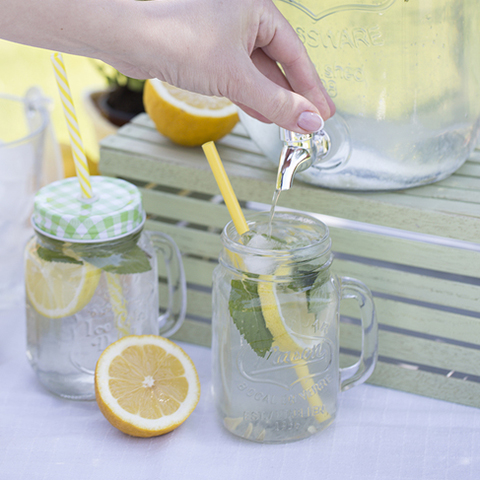How to Test Water Quality in Your Home
The Flint water crisis brought national attention to the dangerous contaminates that can be hiding in your water. While the United States has regulations about public water quality, many cities and municipalities’ water systems fall short. Private wells, which are unregulated, can become contaminated by pesticide and herbicide run off. The health effects of drinking contaminated water can be long lasting. Contaminates like sulfur or chlorine can also impact your water’s taste and smell. You can protect yourself and your loved ones by checking your home’s water quality.
 When should you test your water quality?
When should you test your water quality?
It is a good idea to have your water quality tested if you or someone in your home is pregnant or you have young children. No amount of lead in water is safe especially for children. Since lead is odorless and tasteless, it can only be discovered through a water quality test. If you notice that your water is discolored or has an odd taste or bad smell, it is also smart to have your water tested. These are all signs that your water is contaminated. Determining what minerals or chemicals are in your water will help you to find the best solution to improve your home’s water.
How to check your water quality?
There are a few different options available when you want to learn about the quality of your water.
1. Look up the Local Water Quality Report
If you pay a water bill, your water is provided by a public water system that is responsible for testing, monitoring and reporting on the quality of that water. It is also obligated to meet the National Primary Drinking Water Standards. To hold public water suppliers accountable, they are required to provide you access to a Consumer Confidence Report (CCR) about their water quality. This report should include information about all the contaminates in your local water supply and any health risks associated with them. You can find the CCR report for your water supplier by checking the website for the Environmental Protection Agency (EPA) and searching for your provider or by reaching out to your local water supplier directly.
A limitation of the CCR report is that it will not indicate any problems with your water supply that originate on your property such as contaminates from corroded pipes in your home.
2. DIY Water Testing
If you have well water, you are responsible for monitoring and testing your water’s quality. One of the ways that you can do this is with a home water quality testing kit. Even if you do not have well water, it can be beneficial to test your water. You can pick up a home testing kit for water quality at your local hardware store or find one online. There are two types of kits available: test strip kits and color disk kits.
 Test strip kits for water quality are the easiest to use. The kit has strips that you hold under a running tap. The strip will change color based on the concentration of chemicals in the water. By comparing the color on the strip to the chemical chart in the kit, you will have an idea of the quality of your water. While this kit is easy to use, it isn’t as precise as a color disk kit or professional testing.
Test strip kits for water quality are the easiest to use. The kit has strips that you hold under a running tap. The strip will change color based on the concentration of chemicals in the water. By comparing the color on the strip to the chemical chart in the kit, you will have an idea of the quality of your water. While this kit is easy to use, it isn’t as precise as a color disk kit or professional testing.
Color disk kits for water quality are more accurate than test strip kits but they are only designed to test for one chemical such as chlorine, hydrogen sulfide, calcium or lead. The kit will include a liquid or powder reagent that you will drop into a tube of water. The water should change color based on the chemical concentration in it. Similar to the test strip, you will need to compare the color of the water to the color wheel in the kit to determine the quality of your water. This type of kit is best if there is a particular contaminate that you are worried about.
3. Professional Water Quality Testing
Professional water testing is the most accurate way to check the quality of your home’s water. Tri-Florida Water offers Free In-Home Water Analysis. All you have to do is fill out the Simple Form on our website. If you live outside of our service area in Florida, you can use the EPA’s Safe Drinking Water Hotline to find a Water Quality Association site or local water testing agency to reach out to.
You don’t have to accept poor water quality. You can improve the taste, smell and safety of your home’s water by investing in a water filtration system. Complete home water treatment and purification systems ensure that the water flowing out of every tap in your home is cleaner, healthier and better tasting.
Start the process to check your water quality today! Fill out the form on our website for a Free In-Home Water Analysis!
